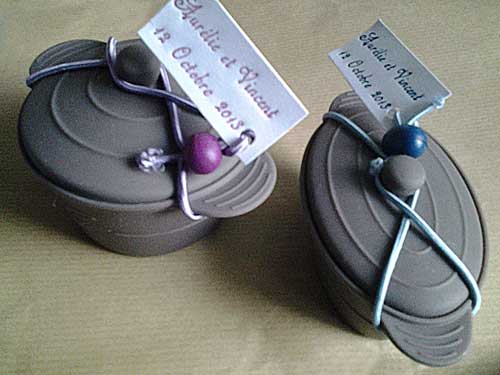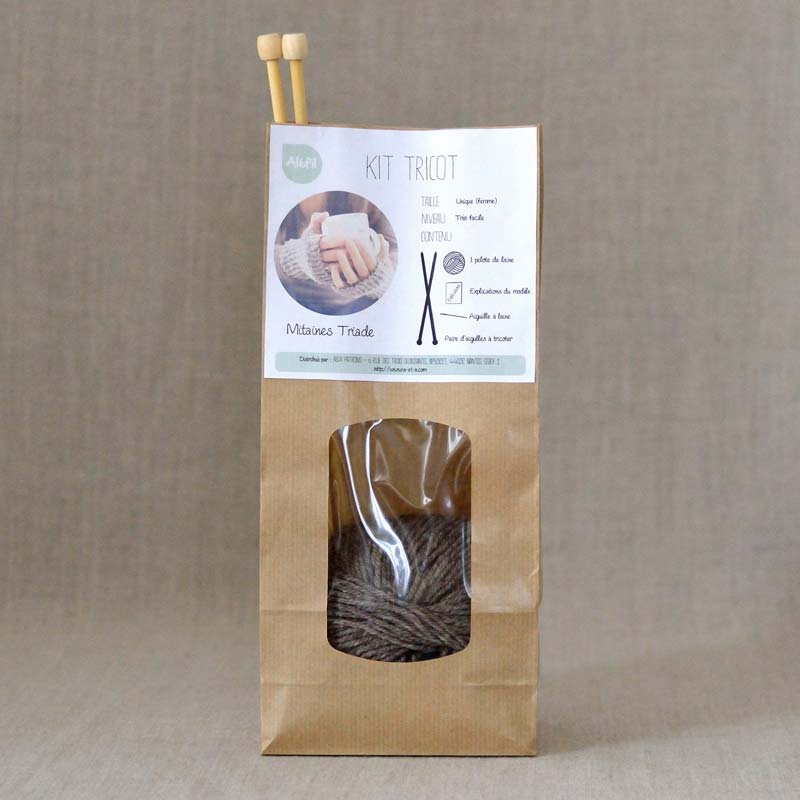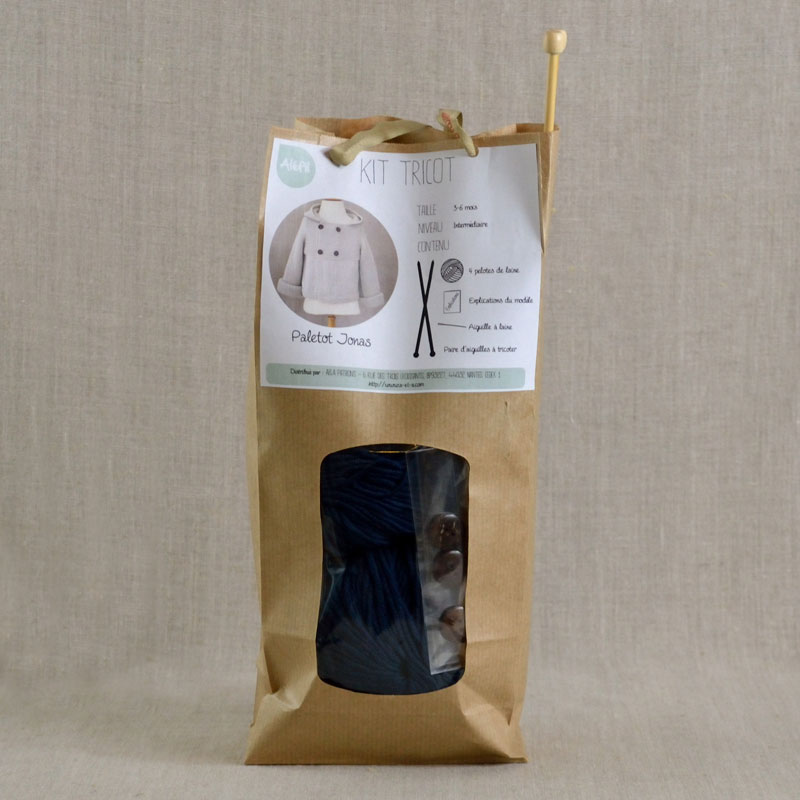These cute little wooden buttons arrived in the shop:
Available in our shop (click the image) -> € 0.35 piece
Previous or back to :




![]()
These cute little wooden buttons arrived in the shop:
Available in our shop (click the image) -> € 0.35 piece
Early as 1870 the men had the idea and tried to use casein, milk and cheese major component , as a plastics material.
After testing more or less unsuccessful, a French chemist, in the early twentieth century, Jean-Jacques Trillat, found the magic formula: he had the idea to bathe the casein paste in a formalin solution.
The resulting material is full of qualities:
It is named galalith (from greec gala — milk — et lithos — stone).
From the early twentieth century galalith is used primarily by German and French in the manufacture of buttons, jewelry, pens, cigarette, electrical equipment, and replaces the ivory for piano keyboards and harmoniums . At that time there was not much oil, but we already had ideas ...
This is why we can offer you in limited quantities, a collection of casein buttons. Enjoy, there will not be for everyone!
To complete your culture on the industrial history of casein, we invite you to browse this document (from Société Chimique de France) extremely accurate.
A new thread arrived for summer on the online haberdashery!
This combed cotton, very soft and easy to knit is perfect for baby or summer clothes
We have today three coordinated colors to knit without moderation for summer:
You want to see a clothe realised with this thread? ... Here is a nice achievement knitted with blue color Alto (065) by Tida in 6 months:
Vest pattern comes from the book "Tricots intemporels pour bébés"
There are mainly scissors for sewing: two kinds of scissors, scissors conventional all-metal type "Nogent" in France or scissors metal blades and ergonomic plastic handles.In these two categories, there is provided a choice of blade lengths that range from 16.5 to 25 cm (see above). The classics are a great value with a more traditional appearance regrindable, those ergonomic handles are adapted to the shape of the hand but are sometimes less accurate cutting of the end (the shape of the tip is coarser than the classic scissors to check when buying.) The cut-son can quickly cut the son at the end of a machine seam. For embroidery, there are small scissors short and thin blades. The pinking shears temporarily help limit fraying or make a decorative finish in tissues that do not fray, but beware these scissors can wear very quickly if they are not of good quality.
fabric to be well cut, demand a certain quality of scissors and precision in cutting. For a beginner who buys first prices scissors, one quickly realizes that all evil scissors cut a little delicate fabrics or thick etc ... We must therefore invest in a good pair of scissors, it is an investment that you never regret, well maintained scissors keep indefinitely
yes, a range of scissors was created specially for left-handed
There are different lengths of scissors, those who are very long are reserved for professionals who need long blades to quickly cut long lengths of fabric, but they are heavy and tiring to handle.
For sewing, you need a pair of scissors average length will only cut the fabric with pointed ends (for greater cutting accuracy), a pair of scissors will only cut paper (for employers) and a pair of embroidery scissors for all small delicate and precise cuts (make a buttonhole, pinking etc. ..). When you sew much to the sewing machine, it is also useful to have a wire cutter. For embroidery, embroidery scissors is essential and it is also used for knitting and crochet.
A pair of scissors for fabric, scissors and paper scissors embroidery, yes, I know, it's three pairs of scissors to buy!
Still well in time there is a rule of thumb: the fabric scissors cut the fabric and paper scissors cut the paperdo. In fact, the paper is very abrasive blades of scissors, so if you discipline yourself not to follow this rule, "fabric" scissors cut paper will also not intersect anything good! But do not worry, nothing is irreversible, if you have a pair of "classic" scissors you can make sharpening (that is anyway an operation to do make time to time to maintain his scissors.) It was a trade in endangered but thanks to the internet fairy, there are now grinders mail . For scissors plastic handles, there are small individual sharpeners that can refresh yourself its blades. Lately appeared on the Japanese market scissors blades with an exceptional quality of cut, which even allow you to cut both fabric and paper, as professionals we use the paper pattern fusible and this allows us to cut both fabric and boss when the boss was stuck on the fabric.

Genevieve sent us this photo of small pots containing sweets she made for the wedding of his daughter.
For this she used, from our store:
An original idea for a wedding decor and appealing!
Do you dream launching your brand?
Is it written in gold or silver glittering letters on the shadow of your insomnia?
*KATYUSHA is a registred trade mark
So do not hesitate, metallic gold or silver (or white) in cursive or straight font on one to three lines on a black or white ribbon 15 mm your brand will have a professional class.
€ 22.30 for 100 labels, this dream is within your reach!
Take advantage of our offer "Special fashion designers labelling".
We gladly inform you of this event in Nantes on this brand that we work with regularly:
Anne-Sophie Méheust invites you
on sale FRANGIN Frangine (- 15% over the autumn-winter collection 2013-2014)
Friday, October 4 from 9h to 19h and Saturday, October 5th from 9h to 12h
203 rue Paul Bellamy 44000 Nantes
Do not hesitate to ask around and coming up with your friends
http://www.franginfrangine.com/
FRANGIN Frangine dresses children from 3 months to 16 years.
A&A just released his new sewing pattern ! : the baby vest Tangara.
It is made of organic fabric with small squares that you find on the website here. Explanations were made with care and are accompanied by pictures or diagrams for each stage of implementation. This is a very simple pattern that is quite suitable for beginners.
The baby vest pattern size in 3, 6, 12 and 18 months. It can be an ideal gift for Christmas!
There are many brands, sources and materials of yarn to knit or crochet. It can be sometimes confusing. Astonishment that one might think the wool has a very marginal position in the international market for textile fibers, only 2% of production against 37% cotton and 60% synthetic materials.
We chose A & A to put forward of fibers and spinning that we hold dear such as animal and vegetable fibers carded, spun or put ball in France to ensure that ancestral know-how. To help you better choose your yarn and wool, a summary of the fibers and their characteristics:
As the name suggests, these are all the fibers that may have knit from an animal. So general, it is called wool.
Many animals produce wool , the most common being the sheep , animal inhabiting a variety of regions of the world counted among 1 billion animals. There is also a breed of sheep prized for its particularly rich , soft and warm wool : merino . Sheep wool now comes largely from Australia, China and New Zealand.
Unfortunately, the production of wool in sheep in France today is very valued, it is also very competitive . However , spinning Rougnat ( Fonty ) created a project in partnership with a local association of the Creuse to upgrade and use local merino black sheep . They relocated Portuguese Merino breed in the Creuse and have created a range of unbleached wool black (with white merino wool blend ) natural undyed:
The Fado wool.
Besides the sheep, wool can also come from the alpaca, a native animal of the Andes in South America whose production is mainly in Peru. Its wool is soft, very warm and slightly hairy. We find more and more alpaca wool mixed with sheep's wool or merino wool in the ranges of French mills. In Fonty, we have Boréal and Pole , in Cheval Blanc, we have Quito .
Mohair is a very hairy wool from the Angora goat (not to be confused with the wool of the same name from angora rabbits) from Turkey. Mohair is very soft and light, especially used for stoles, shawls, scarves... Mixtures of wool or mohair and lurex knitted yarn in some loosing way can also give a beautiful rendering. Mohair now comes from South Africa or the United States.
Cashmere wool is known as a "luxury" because it is very fine and soft and dear formerly found everywhere today. Wool from goats of the same name is produced mainly in the region of Mongolia. Part in the country of the same name, and the vast majority in the Lower Mongolia in China, in the Gobi Desert. Cashmere production has greatly increased in recent years in this country, flocks of goats have intensified, causing an increase in desertification and dust to the region of Beijing. The country is mobilized today to avoid the problem takes more important.
The angora comes not from goat but the rabbit! This is a very soft and supple fiber. Raising Angora is made on a large scale in China (the first world producer) and on small farms in France and Eastern Europe.
The camel also should be knit. It is a soft, fine wool like cashmere but quite rare. The hair is from the Mongolian camels down and from Kazakhstan.
The rarer Yak wool is very soft and warm. This wool is mainly harvested in Mongolia. Fonty offers camel wool and yak wool in different natural colors.
Silk is an animal material from the cocoon of the caterpillar of the mulberry tree. This is a popular fiber because it is very light, strong and unusual amount even if production is rising sharply. Industrial sericulture is mainly developed in Asia. We offer a range of merino wool and silk that is silky and very enjoyable to knit from spinning Valgaudemar:
Merisoie.
.
There is much to say about least hot plant material, much less known knitting because lighter and therefore preferred for spring or summer. Still, there are some very nice models top, dresses, accessories for spring and summer knitting cotton or linen.
The cotton plant material par excellence. It is a soft, highly breathable, and inexpensive, this makes it the most widely used natural fiber in the world and the most cultivated plant (2.5% of global agricultural land). The main producers are China, the U.S., India and Pakistan.
Unfortunately, the cultivation of cotton requires a lot of water and pesticides which resulted in many soil degradation in producer countries.
It is therefore important to highlight the culture of organic cotton much less profitable but helps preserve the environment. Spinning Rougnat (Fonty) offers organic cotton yarn from natural or stained Peruvian without chemicals (through dye plants):
Coton Nat
. This is an extremely soft and comfortable knit cotton.
There are also cotton yarn from recycled jersey: the trapilho. This large wire turned on itself is very pleasant to knit or crochet to quickly create large pieces bags, baskets, baskets, mats, etc.. We offer on-site
large
or
small
coils trapilho.
The cultivation of flax goes far back in the history of agriculture. This is a very resistant and extremely breathable fiber for great heat. France to long been a major producer of the material. Today is also China and Russia produce. World production of flax is losing momentum. Fonty once decided to enhance the production of yarn
Calin
available in cone or ball of 50g and more still.
Less expensive than natural fibers, synthetic fibers are now ubiquitous in all the clothes: acrylic, polyamide, polyester ... you see them everywhere! acrylic may seem soft and silky and is very easy to tint. The polyamide is very durable and wrinkle resistant. The polyester is silky and very lightweight.
Synthetic fibers such as acrylic are created from chemically fused to obtain a wire polymers.
Moreover, these fibers pose many problems:
They are charged easily with static electricity, which can sometimes make it not very pleasant to wear clothing.The acrylic can look very soft to purchase and easy to maintain in the long run proves very biased to pilling. Synthetic materials are often heat-sensitive. Their chemical production releases harmful gases.
We offer little or virtually no yarn from wool plastic because we opted to develop natural fibers. Whether animal or vegetable fibers, their production and manufacturing issues are often of an ancestral know-how that we wish to highlight to allow income to local farmers that produce them. Find all our knitting yarns on this page .
In order to offer you more creative elements, we present our latest knitting and sewing kits.
After the Victoire cardigan and the sleeveless vest Elie as knitting, Here are three new knitting kits: the Triade mittens for adult, the Jonas coat for baby and the last born: the Ariel jumpsuit for baby.
 |
 |
|
Provided in the knitting kits: explanations of the model and the wool quantity corresponding to the size you wish, you can add optional knitting needles, special wool sewing needles and buttons or any accessories. Our knitting kits are carefully designed, including a prototype creation, to help you to achieve the model you crave.
The models are very suitable for beginners, we realize explanatory videos (link on the model) to provide additional support to the model for each step.
Our baby kits are available in a wide range of sizes and wool colors, to allow you a wider choice. Knitting kits are bargained compared to items purchased separately, enjoy ...
On the sewing side, the little Tangara baby's vest is also available as kit!
Supplied with the baby's vest: the tile organic cotton fabric, the picot bias and the cotton satin ribbon matching. No more excuses to find a gift idea ...
If you have ideas in order to continue the kit saga ... do not hesitate to leave us a comment or message. And you, rather tempted by knitting or sewing kits?